Pseudoponera rufipes
$96.11 – $192.25Price range: $96.11 through $192.25
Worldwide shipping
Free delivery over 999 PLN
The highest quality of goods
Live delivery guarantee
24/7 Personal Support
Fair Prices
Description
The Pseudoponera rufipes colony is monogynous and can have up to 300 workers. They have a slow development rate. The workers are black and measure around 17-20 mm. Their nutrition consists of food insects such as cockroaches and crickets, syrup, and fruit. The ideal humidity for the arena is 60-80%, while the nests should have a humidity of 60-70%.
Additional information
| Behavior | |
|---|---|
| Difficulty in breeding | |
| Origin | |
| The size of ants | |
| Wintering |
Pseudoponera rufipes
Colony Type
Colony Type: Monogyny/Gamergate
Colony Size: Up to 300 workers
Development Speed: Slow
Pseudoponera rufipes has a slow development rate compared to many other ant species. This means that it takes time for the colony to grow and reach its full potential. Patience and careful observation are key when keeping and breeding this species.
Size
- Queen: 17-20 mm
- Workers: 16-19 mm
These remarkable ants showcase a beautiful black coloration, which adds to their overall appeal.
Nutrition
- Food insects (such as cockroaches and crickets) dead, or live if colony is big
- Fruits
- Jelly
- Honey
Humidity and Temperature
- Humidity: Arena: 60-80%, Nest: 60-80%
- Temperature: Arena: 22-30 °C, Nest: 23-26 °C
Recommended Nests for Breeding
- Acrylic Nests
- Natural setup
- Gypsum
- Ytong


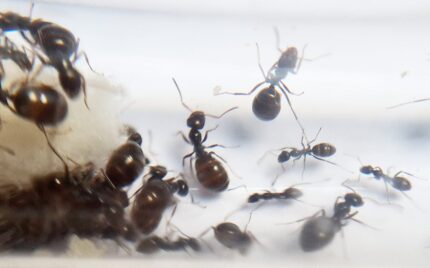
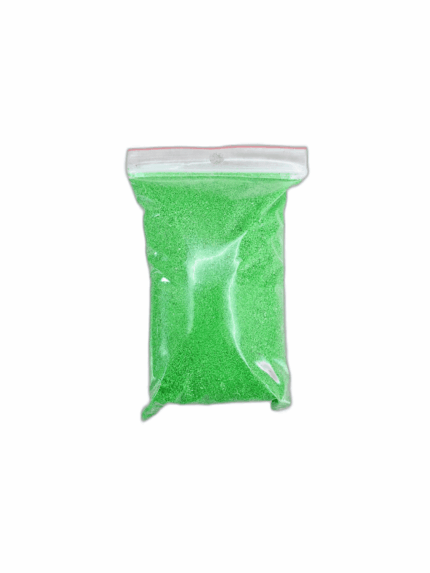

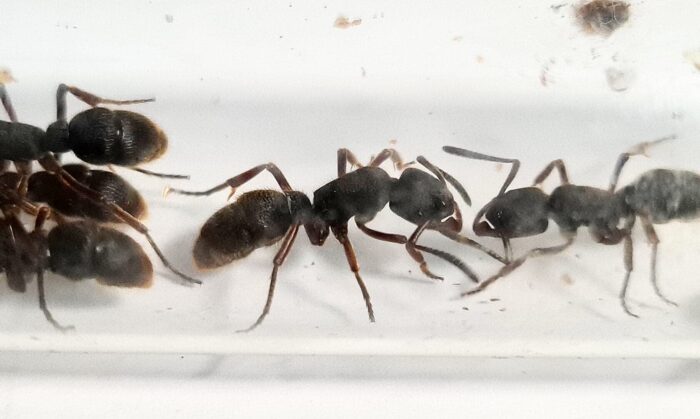


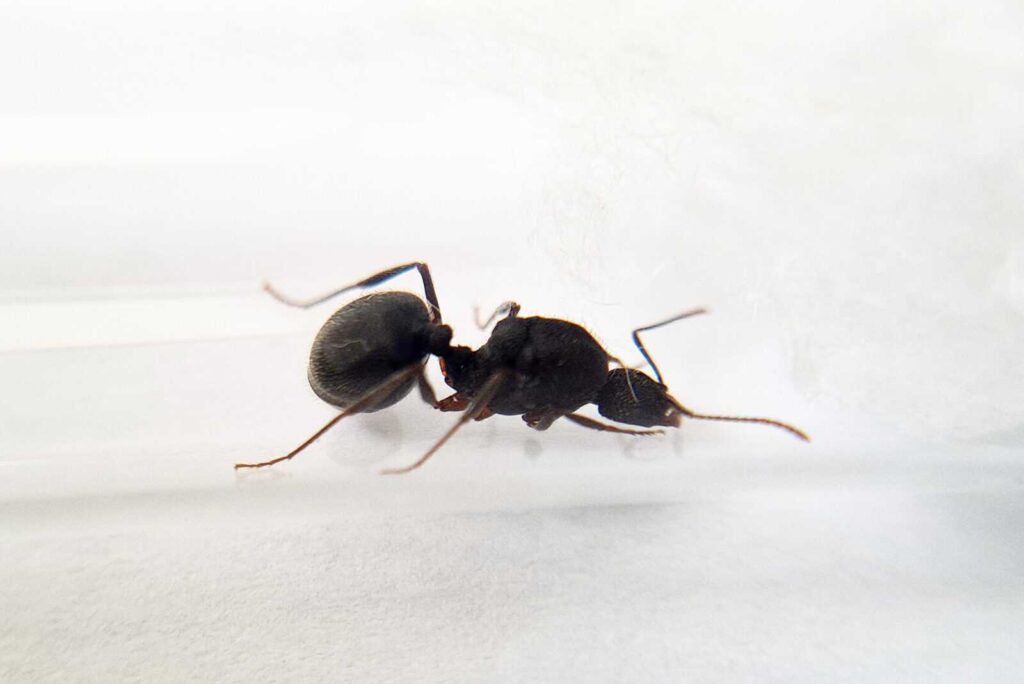
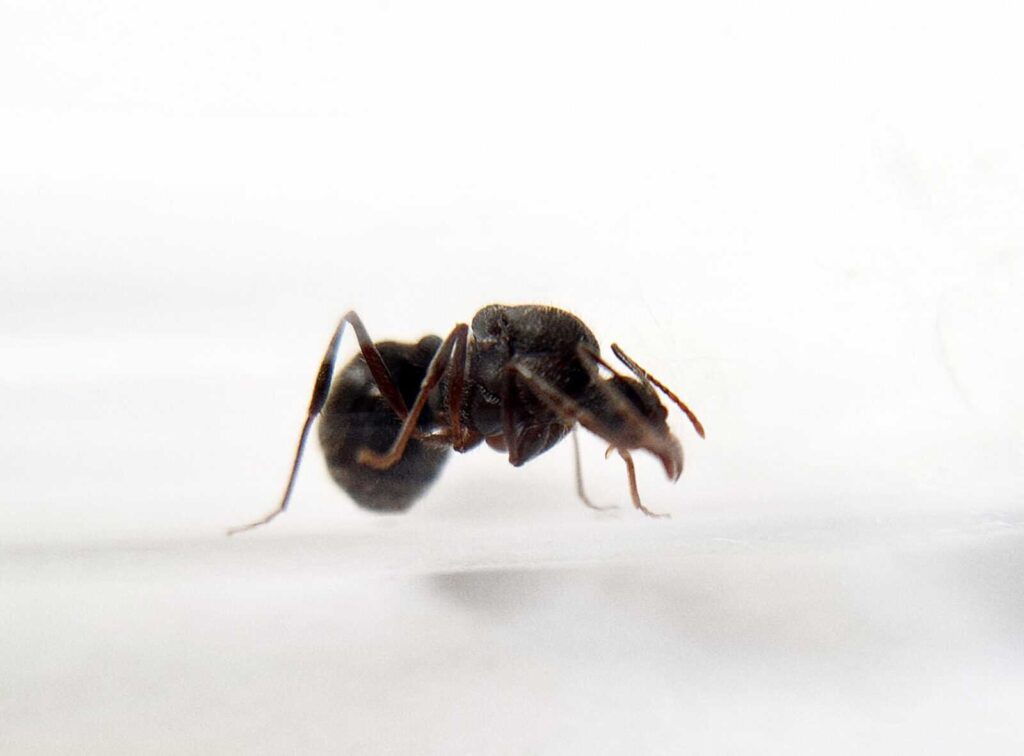




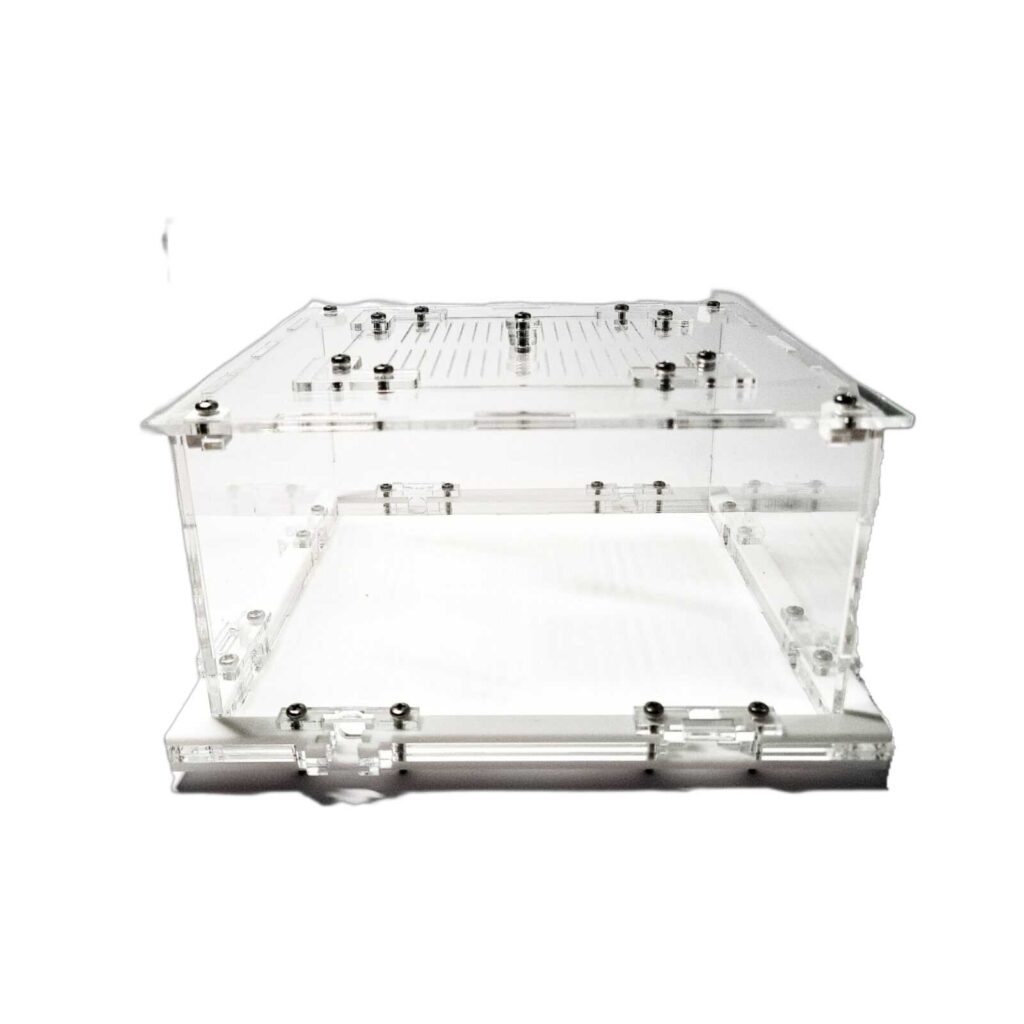

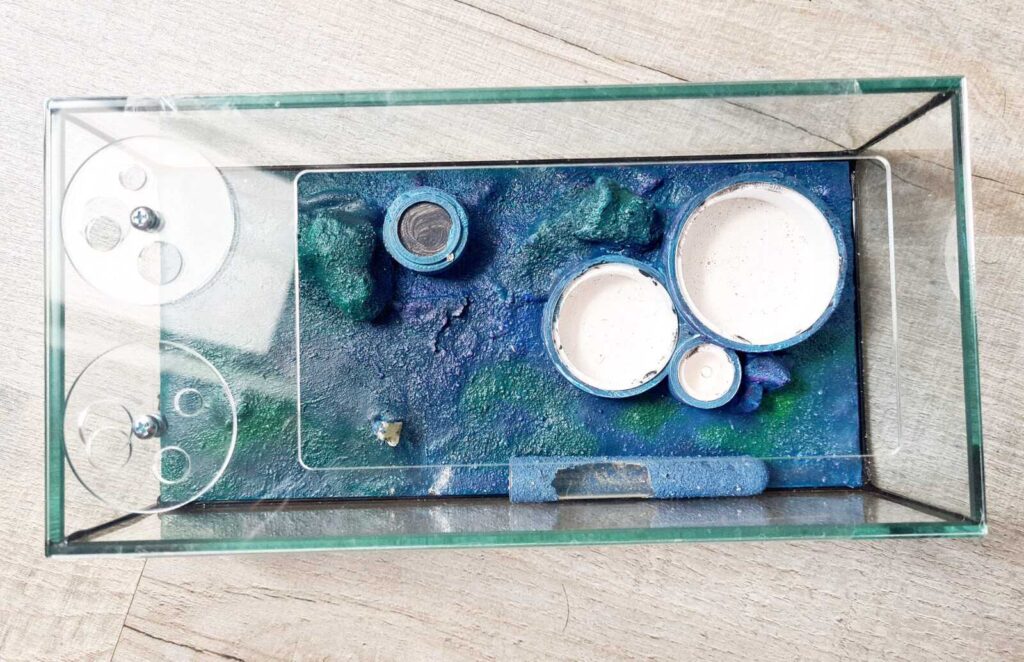


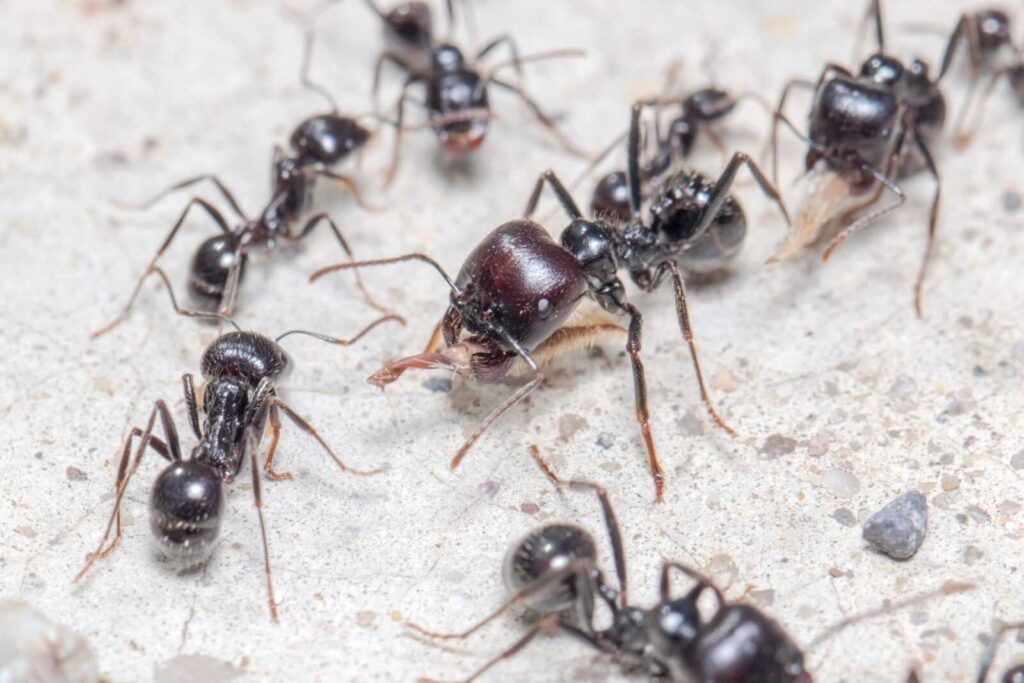


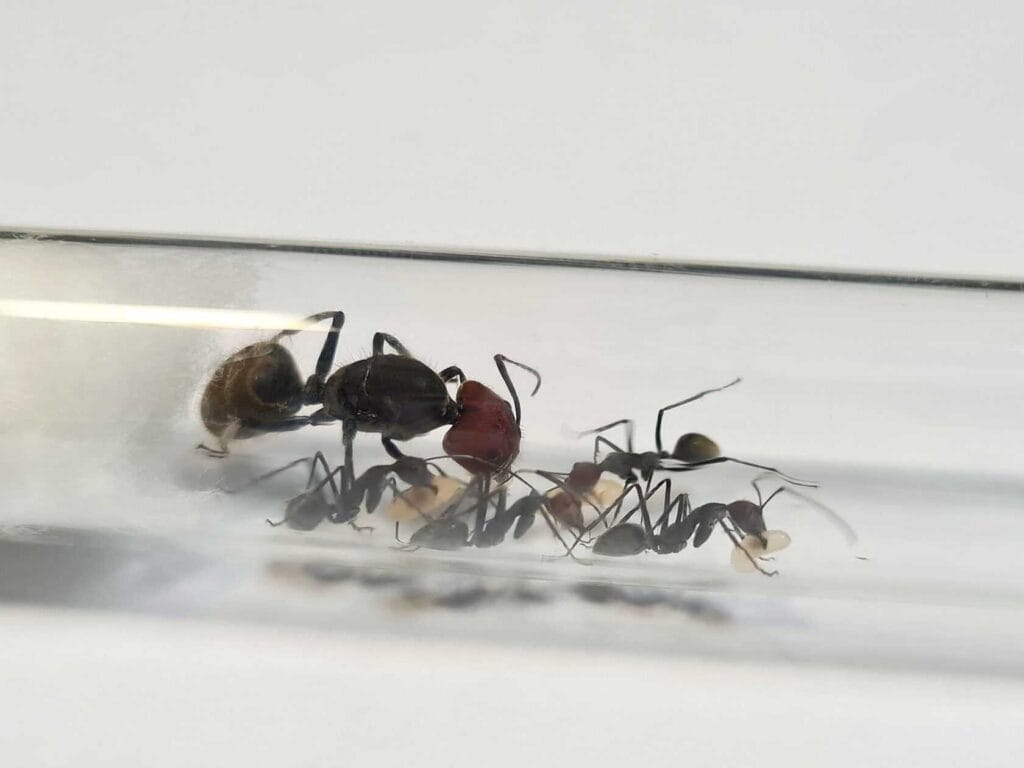


Reviews
Clear filtersThere are no reviews yet.